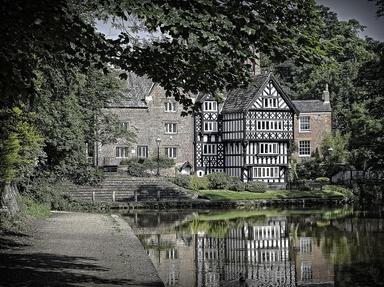Quiz Answer Key and Fun Facts
1. Where in England do most historians generally agree Jane Seymour is likely to have been born?
2. Jane Seymour shared a great-grandmother with Henry's wife before her, Anne Boleyn, and his future fifth wife, Catherine Howard. Who was she?
3. Henry VIII became engaged to Jane Seymour in 1536, the day after the execution of his previous wife, Anne Boleyn. Where did they marry?
4. Jane Seymour's father was John Seymour. Who was her mother?
5. Why was Jane Seymour never crowned Queen of England?
6. Henry VIII's close friend and confidant was Thomas Cromwell. What was the name of Jane's sister, who married Cromwell's son, Gregory?
7. What was the name of Jane Seymour's eldest surviving brother?
8. Jane Seymour died due to complications following childbirth. What is Henry VIII reported to have said when she was having a bad labor?
9. Jane Seymour was recorded to have often kept her opinion to herself, remembering the fate of Henry VIII's previous wife. What issue did she uncharacteristically speak up on to Henry?
10. Henry VIII had a disagreement with someone in his personal life, and Jane Seymour started the process to get them talking again. Who was this?
11. Henry VIII had arranged for him to be buried next to Jane. Where are they buried?
12. What happened on 7 January 1536 that gave Henry VIII further encouragement to marry Jane Seymour?
13. This bishop also performed Henry VIII's funeral -- which bishop married Jane Seymour and Henry VIII?
14. Jane Seymour was the only one of Henry VIII's wives to receive a Queen's funeral.
15. Both of the brothers who survived Jane Seymour were executed after her death.
Source: Author
LuH77
This quiz was reviewed by FunTrivia editor
gtho4 before going online.
Any errors found in FunTrivia content are routinely corrected through our feedback system.

